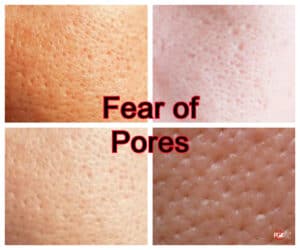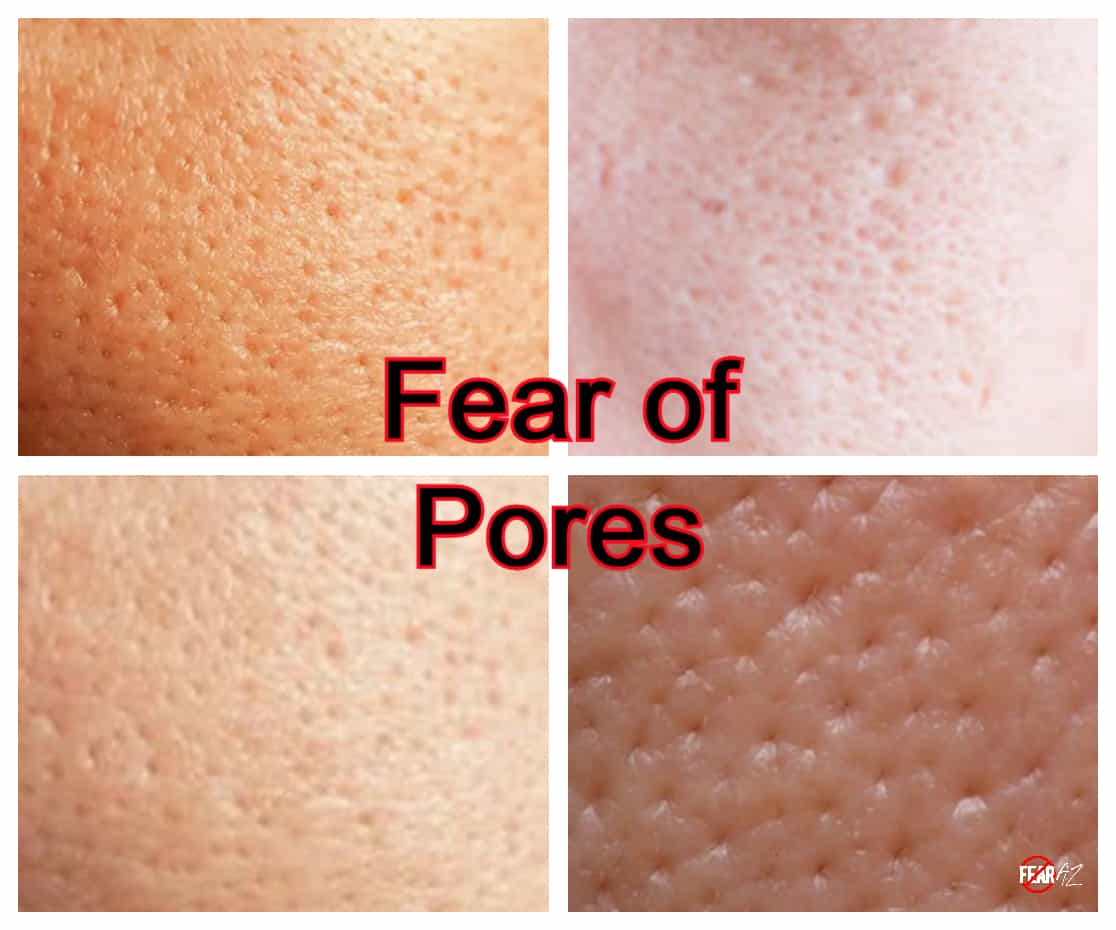Share This Article
Disgust or the Fear of Pores
Are you disgusted at the sight of sponges or honeycombs? Do you turn away from clusters of small holes? Do you avoid looking at images or videos of holes, bumps, or pores that are grouped together?
If yes, you may be suffering from fear of pores, a branch of trypophobia, or the fear of holes, bumps, clusters of small holes, sponges, or honeycombs.
This is a triggering fear that is also very common. However, it can still be difficult to explain the stark terror that grips you at the mere thought of pores. Thankfully, given how common this phobia is, there’s plenty of information available about how to treat it.
If you’ve realized that you are suffering from a fear of pores, you’ve already made the first step to recovery. With a little help from yourself and perhaps a professional, you can slowly learn to address this fear, overcome it, and live a healthy, fulfilling life.
What Is the Fear of Pores?
The fear of pores falls under the umbrella of trypophobia. The term “trypophobia” comes from the Greek words trypa meaning “punching or drilling holes” and phobos meaning “fear.”
In trypophobia, the person may be afraid of many holey things, such as bread, bagels, coral, strawberries, sponges, bubbles, coral, cantaloupe, pomegranates, pebbled or graveled roads, a cluster of eyes, aluminum metal foam, and more.
However, a person suffering from the fear of pores is only afraid of pores and objects with pores. The fear of pores can be easily found in a list of most common phobias since almost everyone experiences some degree of unease when they witness pore-like formations.
But people suffering from a fear of pores experience this fear to a higher degree. They not only feel disgusted at the sight of pores but are also always worried about encountering such sights. They might find themselves constantly looking out for pores around them, and if they spot something like that, they won’t return to that place again.
Is the Excessive Fear of Pores Fear or Disgust?
It has also been found that this fear is more powerful when the pores are displayed on the skin than on non-living objects like stones or walls. The fear is highest when the pores are superimposed on faces.
Also, while some phobias are of disgust and others of fear, the fear of pores seemingly involves both disgust and fear. The person suffering from the phobia is disgusted at the sight and is also afraid that they may get contaminated and develop whatever illness the person is suffering from.

Symptoms of Fear of Pores
The symptoms of fear of pores are very similar to those of trypophobia. Some of the most common physical and mental/emotional symptoms are as follows.
Physical Symptoms
- Chills
- Nausea
- Vomiting
- High blood pressure
- Racing heartbeat
- Palpitations
- Sweating
- Dry mouth
- Itching
- A feeling of something crawling on the skin
- Dizziness
Mental/Emotional Symptoms
- Anxiety
- Panic attack
- Fear of getting sick
- Irritability
- Mood swings
- Uneasiness
- Helplessness
- Feeling of dying
Causes of Fear of Pores
The exact cause of any phobia including the phobia of pores is largely unknown. Several factors can lead to someone’s mental distress, so two people suffering from the fear of pores may have completely different causes.
Here are some common factors that may trigger a phobia of pores.
Related Phobia – Fear of Hair
Environmental Factors
Environmental factors such as trauma at an early age, learned response, or a fear of infectious skin diseases like measles and smallpox can all lead to a person developing the fear of pores. Having a pre-existing mental health condition like depression or anxiety can increase the risk.
Interpretation by Brain
According to a theory, the brain requires more energy and oxygen to process pore patterns. Hence, the image triggers a feeling of distress. It could also be that pores initiate an adaptive response that’s similar to “dangerous” patterns.
The brain may associate the pore pattern with a venomous snake or the eyes of a tarantula, initiating a panic response. Our brains can also associate pores with dangerous skin diseases or rashes, which triggers anxiety.
Genetic Factors
Genetics also play a major role in determining one’s predisposition to mental health issues. A person who has a genetic history of mental disorders, especially anxiety disorders, is more prone to developing a phobia.
Treatment for Fear of Pores
There is no one cure for the fear of pores. However, there are several treatment options that are known to show results. The most common treatment plan for phobias are self-help and professional treatment.
Self-Help
Self-help is one of the most effective ways to deal with the symptoms of a phobia, because it allows you to work at your own pace. Once you recognize that phobias are irrational, you can begin to train your brain to stop reacting to your triggers — in this case, pores — with anxiety or panic.
Some ways in which you can help calm the anxiety that results from the fear of pores are:
- Exercise
- Yoga
- Meditation
- Journaling
- Relaxation techniques
- Deep breathing
- Counting numbers
These techniques will help you to soothe the extreme anxiety or panic that you experience when encountering the object of your phobia — pores. Eventually, you will be able to withstand pores without experiencing the symptoms listed above.
Professional Help
Mental health professionals are experts in the field and have the knowledge and experience required to help one with a fear of pores. They will diagnose the phobia and design a treatment plan that is personalized to help with your phobia.
Often, a therapist will use one or more of the following techniques:
- Exposure therapy
- Cognitive behavioral therapy
- Emotional freedom techniques
In rare cases, when the patient is having repeated panic attacks or is not responding to therapy, medication may be prescribed. These are commonly anti-anxiety or antidepressant medications that are meant to control the symptoms of anxiety, but are not a cure for the phobia. They are only prescribed temporarily.
Learning to Cope with the Fear of Pores
The fear of pores, although quite common, can affect one’s personal, social, and professional life. It’s important to address it quickly to prevent it from growing worse.
If you recognize that you’re suffering from an irrational fear, you can overcome the irrational thought patterns in time. Reach out to family and friends so they know what you’re going through. You can also join online or in-person support groups. These groups can help people battling with conditions similar to yours and will help you find support and community.
Also, practice self-help techniques and give yourself some time. But if you feel your symptoms are only worsening, seek professional help and keep a positive mindset in your journey toward recovery.
Conclusion
Dealing with phobias is easier said than done. What looks practical on paper can become much more difficult to practice. However, a strong determination and the will to overcome your fear of pores will go a long way in helping you live a joyous life free of phobia.



